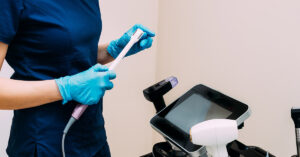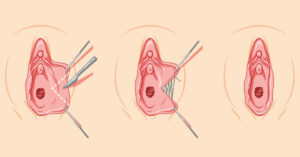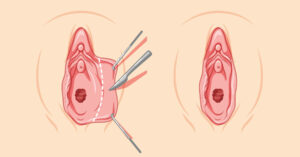Table of Contents:
- Overview
- Does Your Vagina Get Loose After Birth?
- How to Take Care of Your Vagina After Giving Birth
- Surgical Treatments for Vaginal Rejuvenation
- Non-Surgical Treatments for a Loose Vagina After Childbirth
- Exercises to Tighten the Vagina After Birth
- FAQs About Postpartum Vaginal Firmness
- Get Professional Assistance For Vaginal Rejuvenation After Childbirth
- References
Vaginal changes after childbirth are common but often under-discussed. Many women experience a loosening of vaginal tissues due to the natural stretching that occurs during delivery. This article discusses ways how to tighten the vagina after birth, including surgical and non-surgical treatments, as well as exercises to help restore vaginal firmness.

Does Your Vagina Get Loose After Birth?
Yes, vaginal laxity is a common postpartum issue. Vaginal tissues stretch significantly during childbirth to allow for the passage of the baby. However, the extent of this stretching varies depending on factors such as the baby’s size, the number of deliveries, and whether episiotomy or tearing occurred.
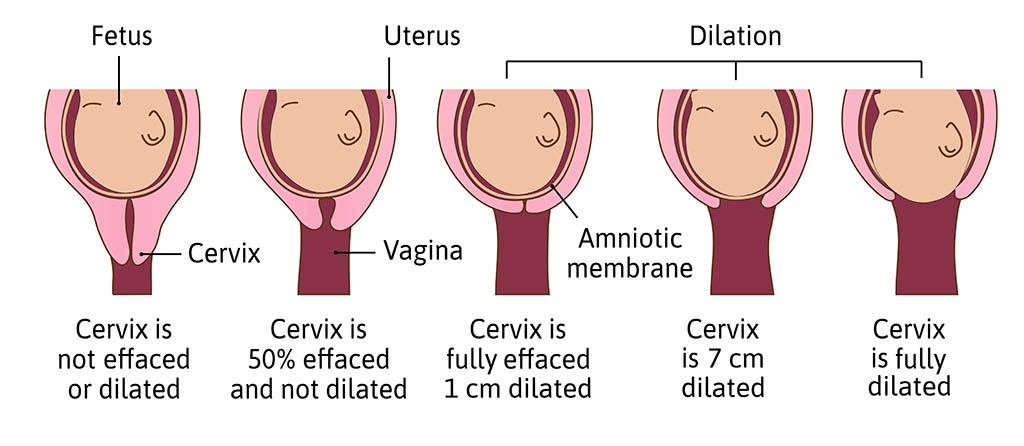
Studies indicate that vaginal laxity is associated with weakened pelvic floor muscles and reduced collagen and elastin in the vaginal walls1. This can lead to a feeling of a “loose vagina after childbirth,” impacting physical comfort, sexual satisfaction, and self-confidence.
How to Take Care of Your Vagina After Giving Birth
Postpartum vaginal care is essential for healing and maintaining hygiene. Here are the primary steps for recovery:
- Perineal Hygiene: Clean the area gently with warm water and avoid harsh soaps.
- Rest and Recovery: Avoid heavy lifting and strenuous activities during the first few weeks postpartum.
- Kegel Exercises: Start strengthening the pelvic floor muscles as soon as you get clearance from your doctor.
- Healthy Diet: Foods rich in collagen (like bone broth and fish) and antioxidants (like berries and spinach) can help rebuild tissues.
- Stay Hydrated: Proper hydration promotes elasticity and skin health.
If issues persist, consult your gynecologist to explore further options for tightening and restoring vaginal firmness.
Surgical Treatments for Vaginal Rejuvenation
For severe cases of vaginal laxity, surgical intervention may be necessary. These procedures are more invasive but offer long-term results.
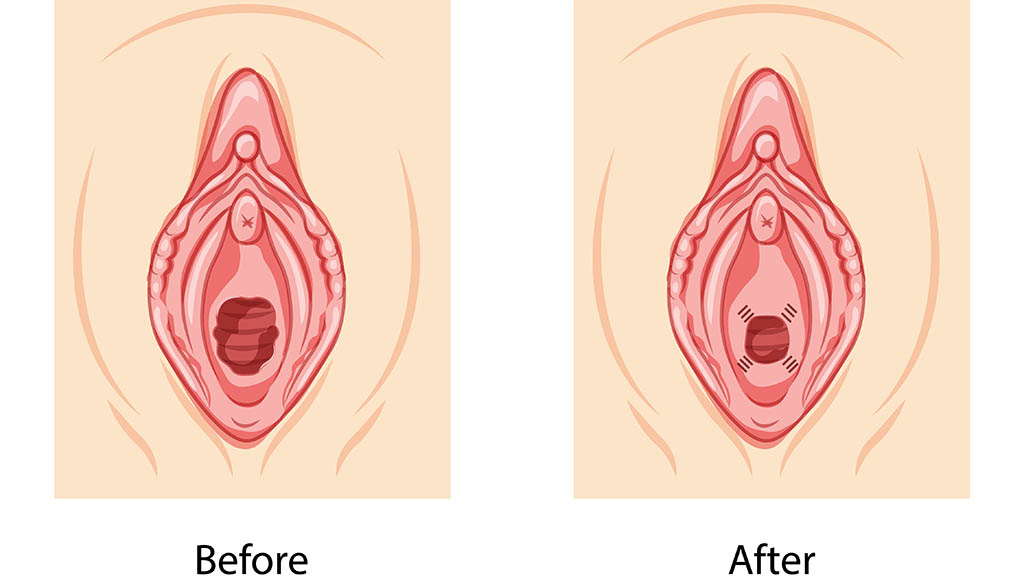
1. Vaginoplasty
Vaginoplasty involves surgically tightening the vaginal canal by repairing muscles and removing excess tissue.
Benefits:
- Significant and lasting improvements
- Tailored to individual needs
Recovery: Requires 6-8 weeks of downtime.
2. Perineoplasty
Perineoplasty focuses on reconstructing the perineum (the area between the vagina and anus), which may have been damaged during childbirth.
Benefits:
- Restores perineal structure
- Complements vaginoplasty for comprehensive rejuvenation
3. Labiaplasty
While not directly related to vaginal tightness, labiaplasty can reshape the labia minora or majora, addressing aesthetic and functional concerns.
Surgical options should be considered only after consulting with a certified gynecological surgeon. Risks, benefits, and recovery time should be carefully evaluated.
Non-Surgical Treatments for a Loose Vagina After Childbirth
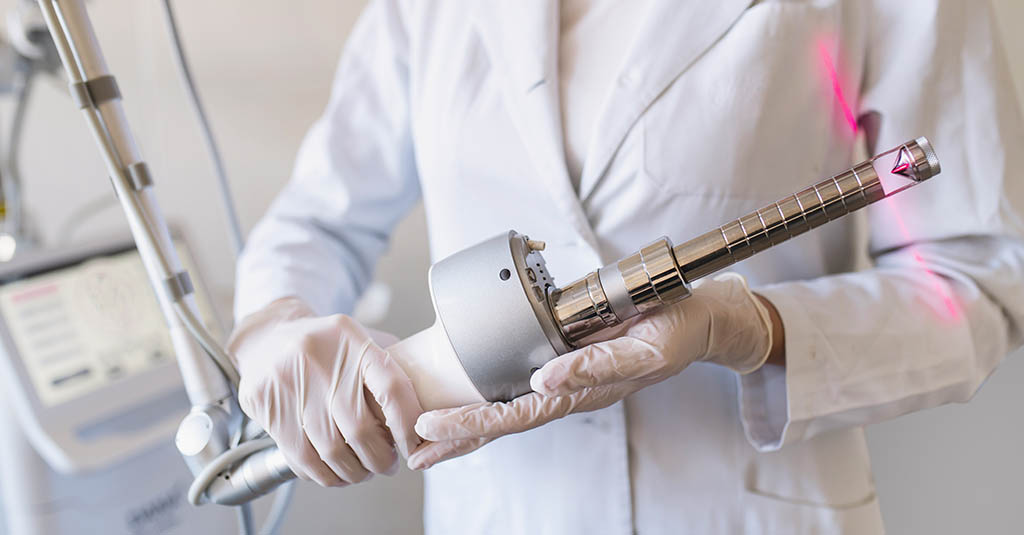
Advancements in medical technology now offer non-surgical solutions for vaginal rejuvenation. These treatments focus on collagen remodelling and muscle toning to tighten vaginal tissues effectively.
1. Laser Vaginal Rejuvenation
Lasers such as CO2 and Erbium-YAG use heat to stimulate collagen production in the vaginal walls. This process tightens tissues and restores elasticity. Studies have shown that laser treatments significantly improve vaginal elasticity and sexual satisfaction2.
Benefits:
- Minimally invasive
- No downtime
- Improves vaginal dryness and laxity
2. Radiofrequency Therapy
Treatments like Votiva use radiofrequency energy to heat vaginal tissues, encouraging collagen synthesis. Clinical trials report enhanced vaginal tightness and improved quality of life for women undergoing this treatment3 .
Benefits:
- Non-invasive and painless
- Boosts blood circulation and tissue regeneration
3. Hyaluronic Acid Fillers
Hyaluronic acid injections are sometimes used to add volume and firmness to vaginal tissues.
Benefits:
- Quick results
- Temporary but effective (lasts 6-12 months)
4. Growth Factors Therapy
This treatment involves using growth factors derived from the patient’s own blood to stimulate healing and collagen production.
Benefits:
- Enhances natural tissue repair
- Improves vaginal sensitivity and tightness
Exercises to Tighten the Vagina After Birth
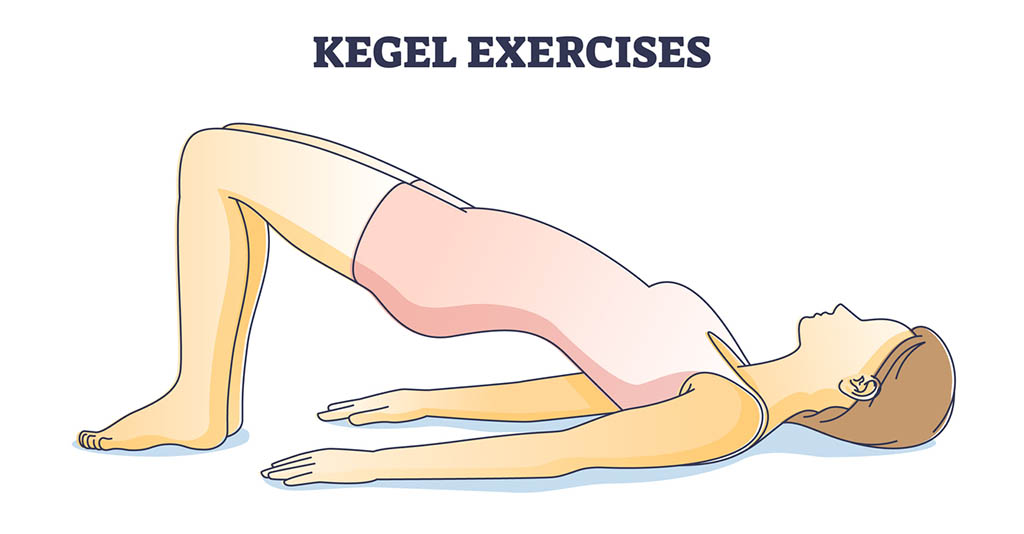
If you are wondering how to tighten the vagina after birth without medical treatments, pelvic floor exercises are an excellent starting point. Consistency is key for noticeable results.
1. Kegel Exercises
Kegels involve contracting and relaxing the pelvic floor muscles.
How to Do It:
- Identify your pelvic floor muscles by stopping urination midstream.
- Contract these muscles for 5 seconds, then relax for 5 seconds. Repeat 10-15 times, 3 times a day.
Benefits:
- Strengthens muscles supporting the vagina
- Reduces urinary incontinence
2. Pelvic Tilts
- Lie on your back with your knees bent. Tilt your pelvis upward while tightening your abdominal and pelvic muscles.
- Perform 10-15 repetitions daily.
3. Bridge Pose
- Lie on your back with your feet flat on the ground and your knees bent. Lift your hips off the ground while engaging your pelvic floor muscles.
Strengthens pelvic floor and gluteal muscles
Benefits:
- Strengthens pelvic floor and gluteal muscles
4. Resistance Training
- Vaginal weights or cones can provide resistance to enhance muscle strength.
- Gradually increase weight over time as your muscles strengthen.
FAQs About Postpartum Vaginal Firmness
Does Your Vagina Get Loose After Giving Birth?
Yes, but the degree of laxity varies. With appropriate care and treatments, it is possible to regain firmness.
How Long Does It Take to See Results?
- Non-surgical treatments like lasers or radiofrequency may show results within a few weeks.
- Surgical options require 6-8 weeks of recovery for optimal results.
- Exercises demand consistent effort over several months.
When Should I Consult a Doctor?
If you notice persistent vaginal laxity, discomfort, or reduced quality of life, consult a gynecologist or certified specialist for tailored solutions.
Get Professional Assistance For Vaginal Rejuvenation After Childbirth
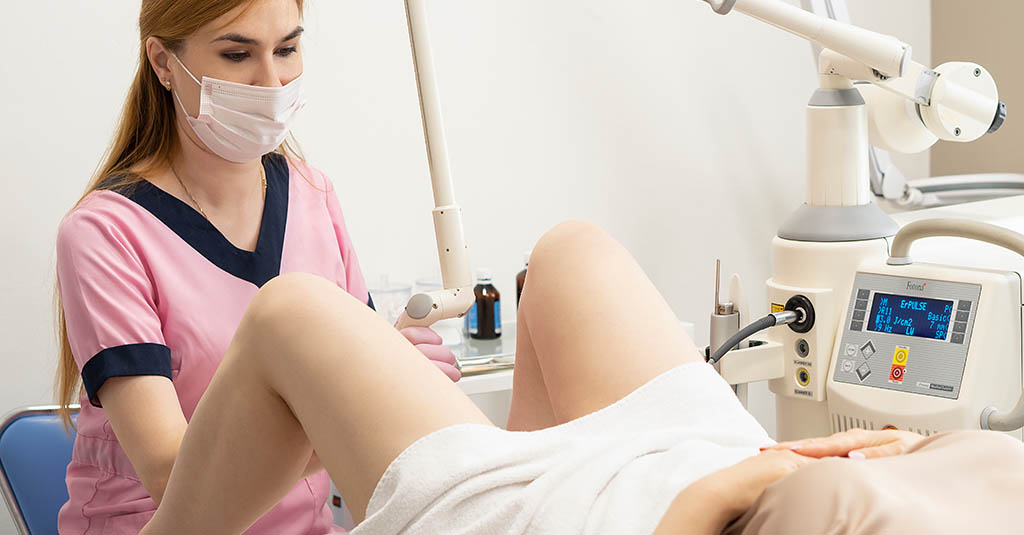
While a vagina loose after birth is a natural postpartum occurrence, there are numerous solutions to restore firmness and improve your confidence. From advanced medical treatments like laser therapy and vaginoplasty to non-surgical exercises and self-care, the options are varied and effective.
Whether you’re a new mom or a supportive partner searching for solutions to concerns like “my wife is loose after giving birth,” our expert team at Alinea Labiaplasty & Vaginoplasty Michigan can help provide actionable insights. If you are exploring “how to take care of your vagina after giving birth” or searching for solutions to concerns like a loose vagina after childbirth, you can start with the safe and highly effective vaginal rejuvenation treatments at our state-of-the-art clinic. Contact us today to speak with a professional for further guidance.
References
- Dietz, H. P., & Simpson, J. M. (2008). Pelvic floor support and childbirth. BJOG: An International Journal of Obstetrics & Gynaecology, 115(2), 156-163.
- Salvatore, S., et al. (2017). Vaginal rejuvenation using laser technology: A systematic review. International Urogynecology Journal, 28(7), 1035-1043.
- Krychman, M. L., et al. (2016). Clinical evaluation of the safety and efficacy of a temperature-controlled radiofrequency device for treatment of vaginal laxity. Sexual Medicine Reviews, 4(3), 175-183.

